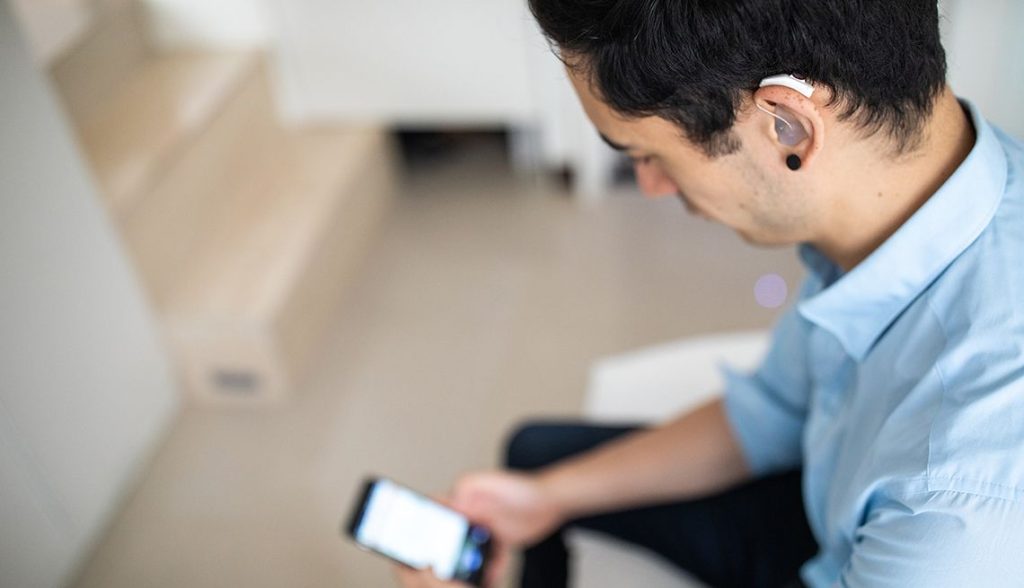
Smartphone Accessibility Features for Users with Disabilities
Introduction
Smartphones have become an integral part of our lives, offering a multitude of features and functionalities to make our lives easier. However, for users with disabilities, utilizing these devices effectively can be challenging. Thankfully, smartphone manufacturers have recognized the need for accessibility features and have implemented various solutions to make these devices more inclusive. In this article, we will explore some of the most impactful accessibility features that are available on modern smartphones.
1. Speech Recognition
One of the most significant advancements in smartphone accessibility is speech recognition. Through voice commands, users with limited mobility or physical disabilities can operate their smartphones seamlessly. By leveraging voice input, users can compose texts, make calls, launch applications, and perform various other tasks without the need for physical interaction.
2. Screen Readers
Screen readers are a vital accessibility feature for individuals with visual impairments. These tools use text-to-speech technology to audibly relay the content displayed on the screen. This allows visually impaired users to navigate through different applications, read text messages, emails, and browse the internet independently. These screen readers can also describe images through image recognition technology, providing a holistic experience.
3. Magnification and Display Adjustments
Smartphone manufacturers have introduced magnification and display adjustment features to assist users with low vision. These features allow users to zoom in on specific parts of the screen, making text and icons more visible. Additionally, users can customize font sizes, contrast levels, and color schemes to improve readability and reduce eye strain.
4. Vibrating Alerts and LED Notifications
For individuals with hearing impairments, receiving calls or notifications can be challenging. Smartphone accessibility features have addressed this issue through vibrating alerts and LED notifications. When an incoming call or message is received, the device can vibrate to provide users with a tactile notification. Similarly, LEDs can be used to indicate incoming notifications, making it easier for users to stay informed without relying solely on audio cues.
5. Gesture-Based Navigation
Gestures have become a popular method of interaction on smartphones, providing a convenient and accessible form of navigation. Users with limited dexterity or motor impairments can benefit from gesture-based navigation, as it reduces the reliance on buttons and physical controls. Features like swipe-to-unlock, double-tap to zoom, and pinch-to-zoom enable users with disabilities to navigate the device effortlessly.
6. Closed Captions and Subtitles
Since smartphones have become a primary source of video consumption, it’s crucial to ensure that individuals with hearing impairments can fully enjoy multimedia content. Closed captions and subtitles cater to this need by providing textual representation of dialogue and sound effects, making videos accessible to everyone. Smartphone accessibility settings now allow users to enable closed captions and subtitles for various multimedia apps.
7. Assistive Touch and Adaptive Controllers
Smartphone manufacturers have also introduced assistive touch features and adaptive controllers to aid users with physical disabilities. Assistive touch replaces physical button interactions with on-screen controls, making it easier to perform gestures or access specific functions without the need for precise hand movements. Adaptive controllers are designed to connect with smartphones, allowing individuals with mobility impairments to operate their devices through alternative input methods like joysticks, switches, or blow tubes.
Conclusion
Thanks to ongoing advancements in smartphone technology, individuals with disabilities can now experience the full benefits of these devices. The accessibility features highlighted in this article represent just a fraction of the solutions available, as smartphone manufacturers continually strive to make their devices more inclusive. By leveraging these innovations, users with disabilities can enjoy the convenience, connectivity, and independence that smartphones offer, proving that technology truly has the power to enhance lives.

